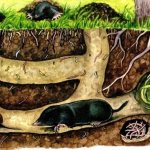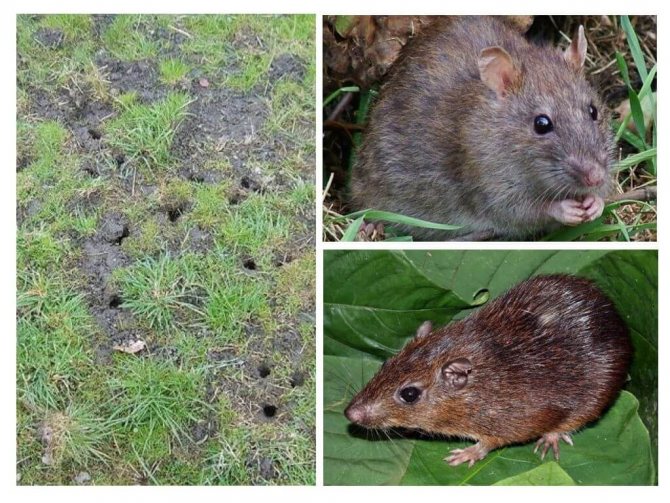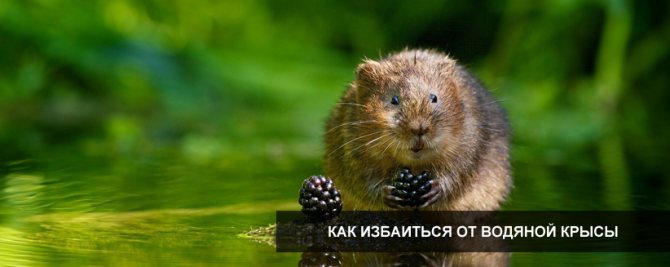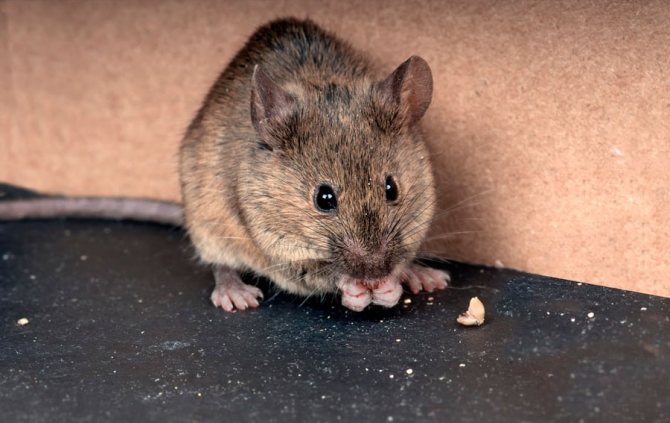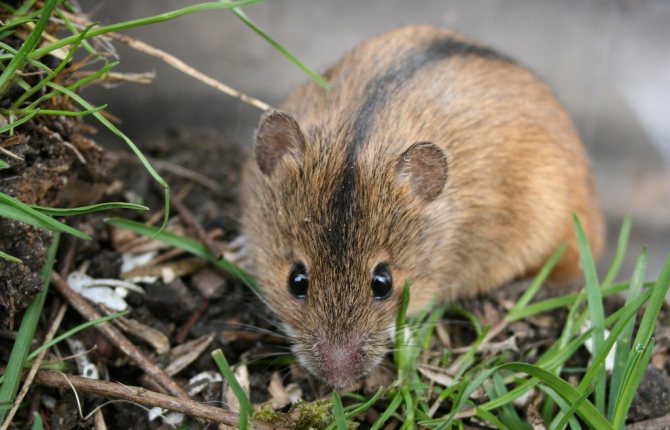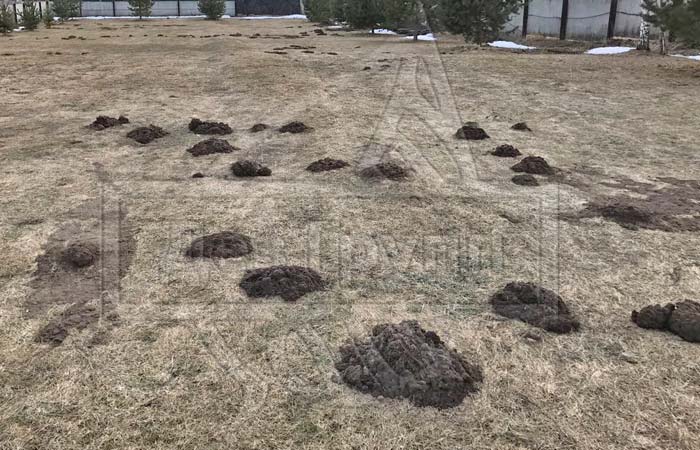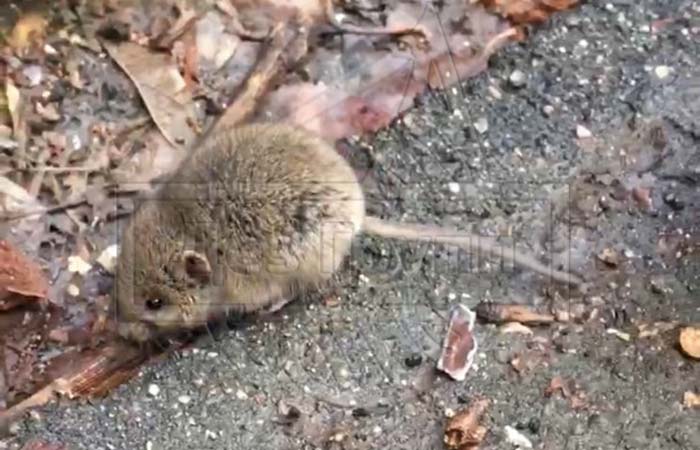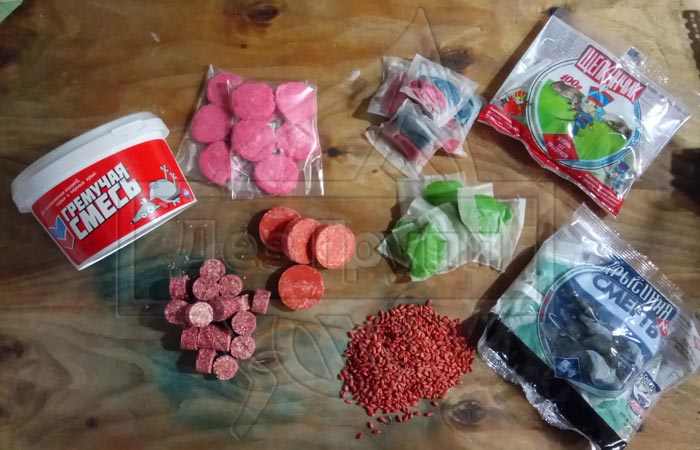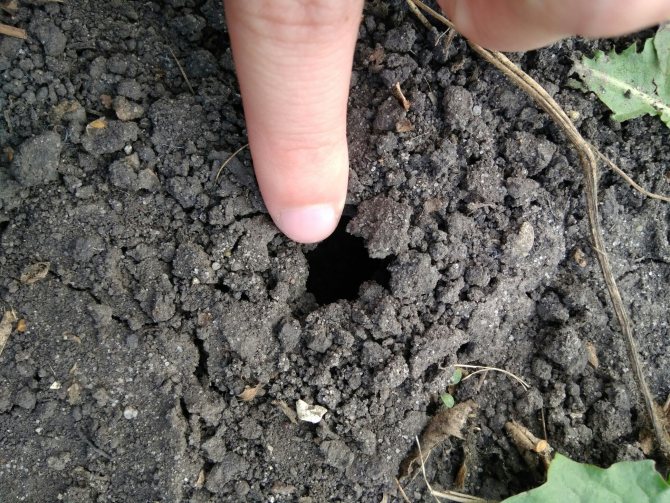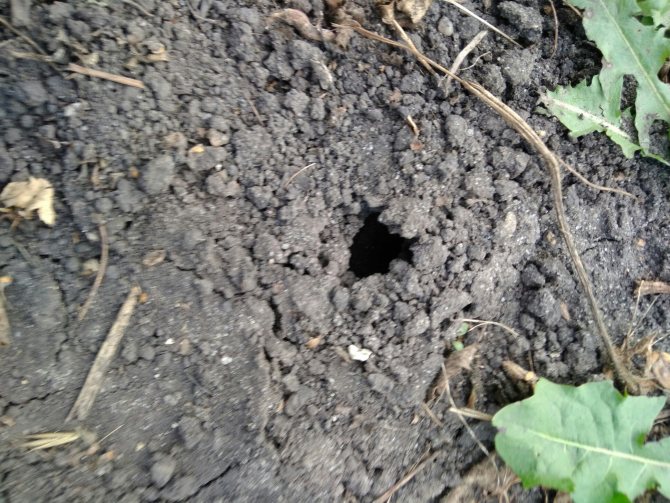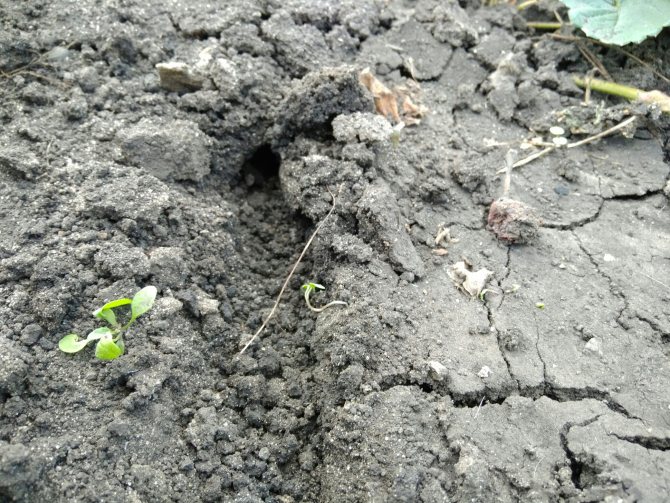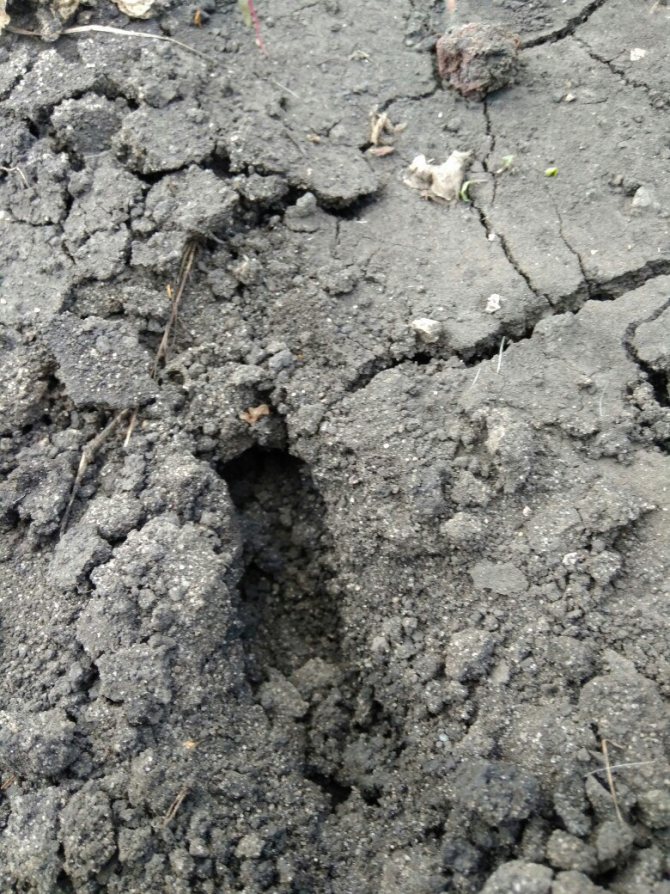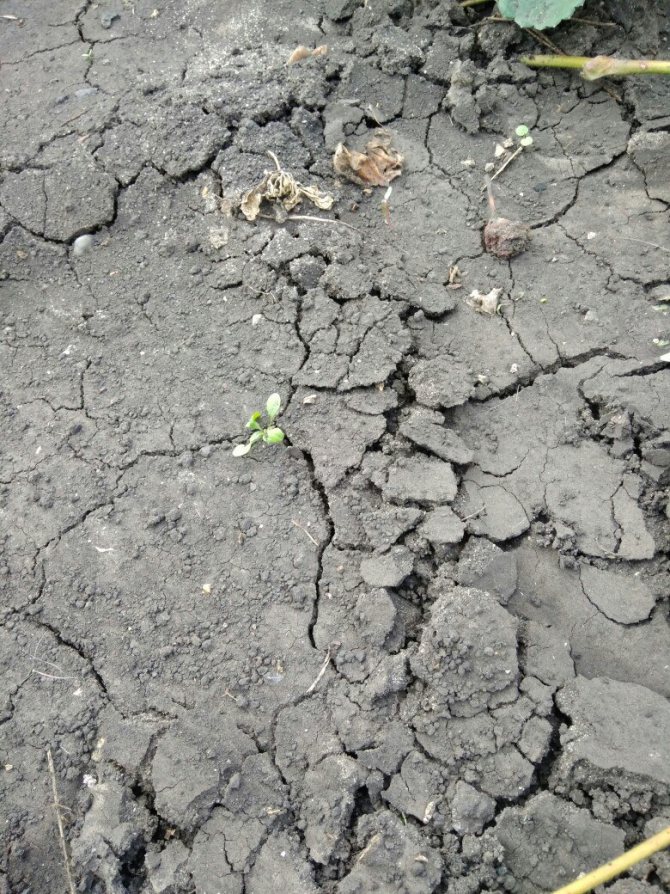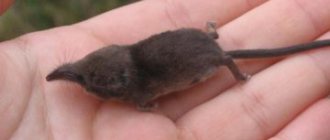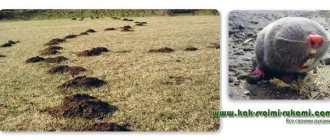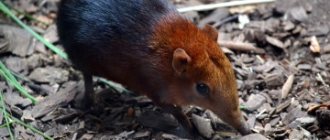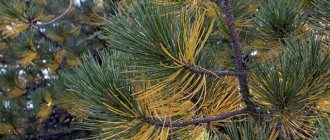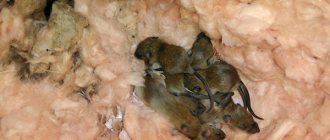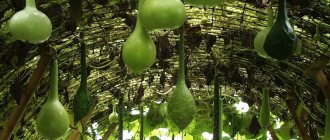Earth mice, rats, moles are species of animals that prefer to choose places with a large amount of food base as their habitat. They can often be found in basements and in the attic of country country houses, in a garden plot, in a food cellar, in sheds and other outbuildings. Rodents not only cause material harm, damaging crops, but also carry many pathogens of dangerous diseases. Every year, the owners of garden plots and houses try to get rid of mice and rats for good, to protect shrubs and crops from damage. In this article, we will consider how an effective fight against rodents in the country can be organized.
Description and features of the rodent
An earthen (or water) rat is a large vole that prefers to settle near water bodies in areas rich in food. At the same time, she can live far from water - in meadows, vegetable gardens, in fields and orchards.
The earthen rat has a rounded body, a shortened muzzle with small ears, soft hair, and short legs. The tail is covered with sparse hairs, ending in a small tassel about 0.5 cm long. The eyes are smaller than those of a rat. The front teeth (incisors) are brown-yellow in color. The fur of this animal is evenly colored dark brown, sometimes almost black.
The body length of adults varies markedly in the range from 110 to 260 mm, weight - from 120 to 500 g. The tail is half the length of the body.
Lifestyle
Ground rats are predominantly nocturnal, in which they spend most of their time in their burrows, coming to the surface only in search of food. It happens in the evening or at night. Moreover, the rats do not move far from the hole. Active at night, these rodents rarely catch the eye of gardeners (truck farmers). The presence of pests is indicated by the eaten ground parts of plants, their sudden death.
Rat passages, up to 5 cm in diameter, run at a depth of 10 to 80 cm. They are distinguished by a complex system of branching and considerable length. An underground labyrinth connects the nest, storage sites and numerous exits to the surface. The rat is resting in the nest, breeding offspring. For its construction, rodents use grass, sticks, twigs, paper, pieces of cloth. In their pantries, rats store food for the winter. They can store plant roots, seeds, roots, bulbs. The deepest chambers save rats from winter frosts, but it is in the upper ones that the rodent spends most of its time.
Interesting! If there are mole holes next to the rodents' passages, then the rats use ready-made mazes to move.

In places where holes are laid, pests destroy the root system of any plants, be it bulbs, root crops, weeds, fruit trees or shrubs. Ground rats, also called water voles, can swim well and climb trees. In the winter, they eat what they have stored in the summer.
Interesting to know! Ground rats do not hibernate. At this time, they live underground and close the entrance to the holes, thus protecting themselves from the cold. In hot weather, they do the same, protecting the burrow from too high a temperature.
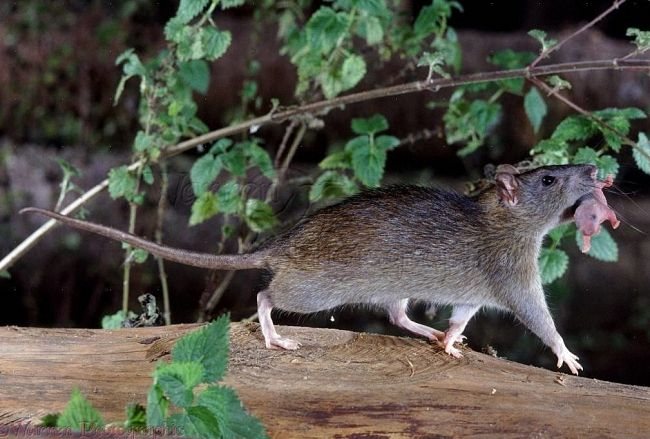

Diet
Spawning earthen rats in the country are a real disaster for the owners, since digging holes, it destroys all plants in its path. Loves root crops, flower bulbs. Eats roots and green parts of plants. If on the way come across young trees or shrubs, then earthen rats can cause their death. They gnaw at the roots, eat up the bark, after which the plant gets sick and may die. Rats prefer apple, bird cherry and willow trees.
In addition to plant food, earthen rats eat insects, bird eggs, chicks and even their close relatives - small field mice. Living near water bodies, the earthen rat swims well, dives well. Under water, it extracts aquatic plants, small fish, molluscs, crayfish, insects and their larvae.
Rodents eat not only the roots and tubers of cultivated plants. Weeds are also part of their diet.
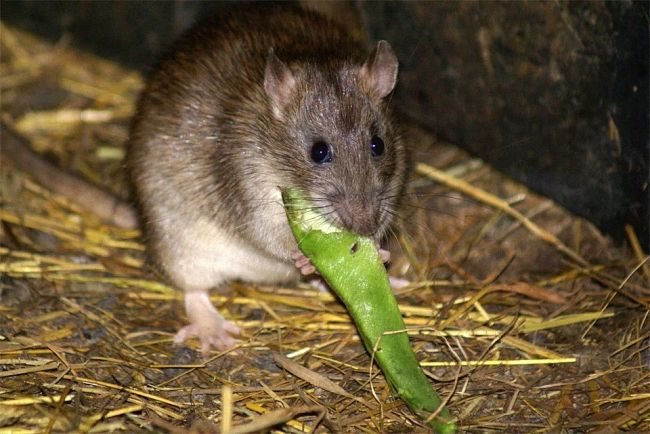

Habitat
Favorable conditions for the life of these animals consist in a sufficient amount of food, most of which are plants. The central parts of the country, southern regions of Siberia, the Caucasus and Central Asia meet these requirements. In the northern regions, where temperatures are very low and there is no food, rats do not live.
The ground rat prefers to settle near water bodies. They are attracted by humid lowlands rich in food along the banks of reservoirs, the area near swamps and damp meadows. For the period of river floods, rodents move to drier, more habitable places.
Ground rats leave their former habitats due to natural disasters such as floods, droughts, early frosts or simply lack of food. When such conditions occur, rodents in search of food move to fields, orchards and orchards, causing significant damage to the crop.
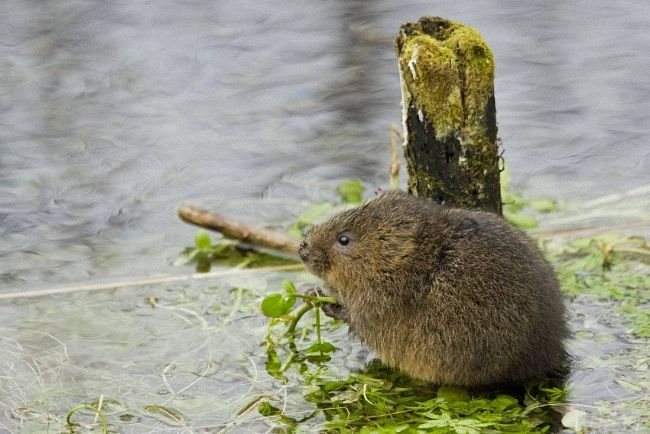

How harm can be done
The settled ground rat harms agricultural land such as pastures, hayfields, orchards and fields, as well as garden and summer cottages. The harm caused by rodents is that:
- Burrowing through grain fields, they gnaw at the roots of plants, causing them to wither and die. In addition, they throw the earth out of their holes and cover the ripening spikelets with it. They lie on the ground, crumble, get confused. A large colony of rodents that has settled in the field will make it difficult to harvest with machinery - the fallen spikelets will remain in the field.
- On pastures and hayfields, rat colonies lead to the mass death of herbaceous plants.
- Rodents that have bred in vegetable fields drag small root crops into their pantries, and large ones eat up, which greatly reduces the shelf life of carrots, potatoes and beets.
- In gardens and forestry, they gnaw the bark on trees and shrubs, gnaw at the root system. The trees get sick and subsequently dry up.
- Water voles love to feast on melons and gourds. The watermelons and melons eaten by them quickly deteriorate.
- In summer cottages, the harvest of vegetables and fruits is destroyed. Dangerous for young pets and birds.
- When there is a lack of food, they make their way to warehouses, where they eat vegetables and grain.
- They can infect people with fever, tularemia, plague, encephalitis, leptospirosis.
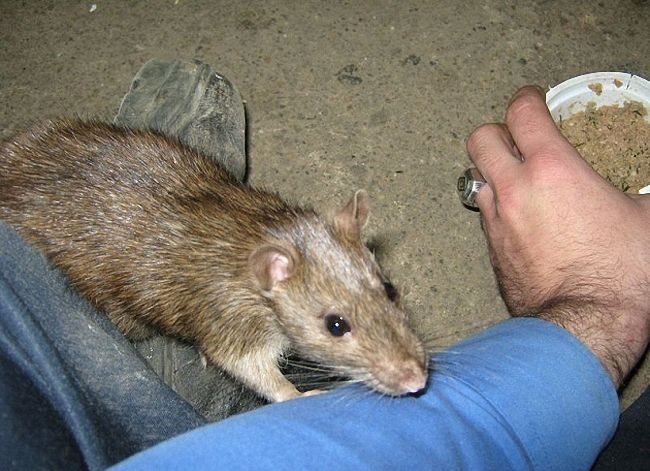

Attention! The harm caused by the earthen rat, gardeners, gardeners, farmers is irreparable. A large colony of rodents can damage the entire crop. By damaging the bark of trees, they harm future crops. An attack by a large number of pests is dangerous for pets and birds.
Carbyshi in the garden
The hamster causes great harm to garden plots. His activities in the garden begin in the seedling season. At this time, the karbysh (animal), like scissors, shears off the sprouts of cabbage, pumpkin, cucumber, carrot, onion seedlings.
In the summer, the animal destroys the fruits of zucchini, carrots, pumpkins, beets. The rodent loves onions and garlic. Does not refuse squash and potatoes.Gnaws tubers and roots from plants. At this time, the pest not only destroys agricultural crops, but also stores potatoes, carrots, seeds for the winter.
Karbysh is distinguished by its great gluttony, and it causes significant harm in the garden. All that he cannot eat, he takes with him. Gardeners are forced to fight him constantly.
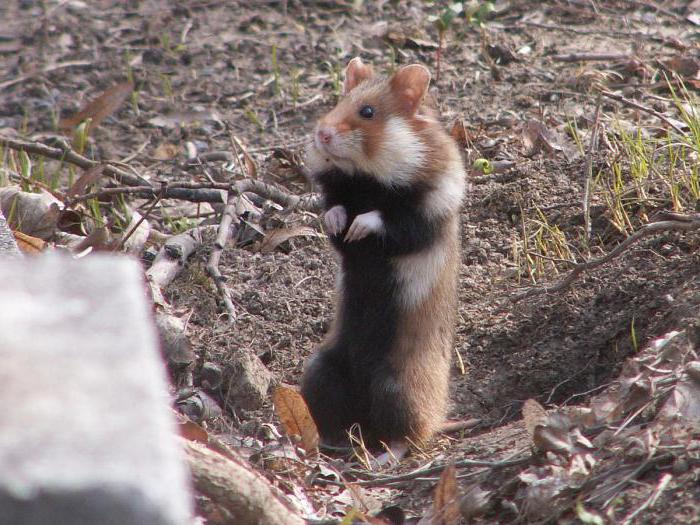

Pest control methods
You can get rid of rodents using various methods. There are physical, chemical and biological methods, or combinations thereof. Measures to get rid of rodents are carried out in the premises where they are seen or on agricultural land, in gardens and vegetable gardens.
Each of the methods of struggle has its own nuances that are worth paying attention to. So when using the physical method, you will have to get rid of dead rodents on your own. Using the chemical method, measures should be taken to prevent the death of pets from eating poisonous baits or poisoned animals. This condition can be met only in closed rooms. The safest is the biological method, but its application will require patience and consistency from you.
Physical methods include the use of:
- mechanical and electrical rat traps;
- glue rat traps.
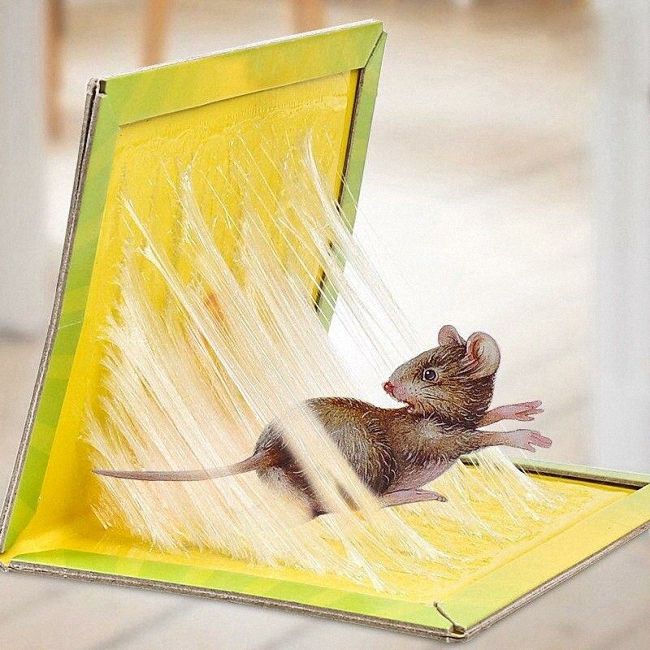

The chemical method is to use poisons to kill rodents. In this case, both ready-made preparations and poisons are used for self-preparation of baits.
Biological presupposes the creation of conditions unsuitable for the life of animals on the territory of vegetable gardens and summer cottages or the use of natural enemies of these rodents to catch them. So to scare away pests they use:
- odorous plants, the smell of which rodents do not like. These are mint, chamomile, tansy or wormwood;
- ash - it causes discomfort to pests;
- sticky weed seeds;
- sharp odors of acetone, kerosene, alcohol solution of naphthalene, gasoline, burnt wool.
Attention! To protect your garden or garden from earthen rats, you need to prevent their appearance in every possible way. To do this, enclose the area with a fence on a deep foundation made of a fine metal mesh, plant elderberry bushes, get a rat catcher or a burrowing dog. These measures will help protect against rodent infestations.
Biological way
The main natural enemies of rats are dogs and cats of some breeds. This is how burrowing dogs (dachshunds, terriers) and rat-catchers successfully catch rodents.
But even here there are drawbacks - when hunting for pests, dogs break their burrows, causing even more damage to the beds. Due to the fact that rats are carriers of diseases, your pet can become infected with worms, fleas or dangerous infections. In this case, the biological agent gives a result only in the presence of individual individuals. It will not cope with the destruction of an entire colony.
Humane ways of getting rid
For some people, the physical destruction of rodents is unacceptable, so they prefer to simply scare them away. For this, ultrasonic devices, some plants or seeds, strong odors, flooding of burrows are used.
Ultrasound
According to the method of application, there are two types of ultrasonic scarers:
- designed for work in ground space;
- for underground use.
Ground-based ultrasonic scarers are not designed to drive out ground rats, as they spend most of their time in their burrows underground. The latter successfully scare away ground rats and other underground pests. The radius of their action ranges from 12 to 17 meters. Batteries or rechargeable batteries are used as a power source. Some models are sunlight charged.
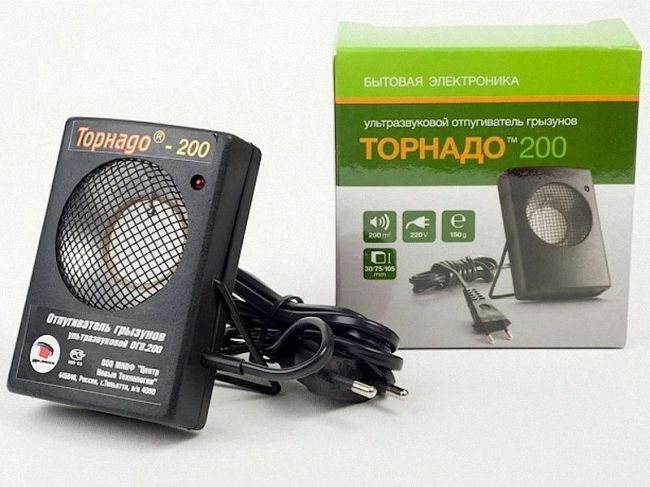

The advantages of these devices:
- humanity, earth rats do not die, but simply leave the territory;
- you don't have to collect and dispose of dead rat carcasses
- simplicity and ease of use - just stick the device into the ground and turn it on;
- the device affects all underground pests (moles, slugs, etc.);
- safe for people and other animals;
- the result comes already on the second or third day;
- the durability of the devices allows you to fully pay for itself.
But there are also a few downsides:
- when the device is turned off, the rats may come back again;
- along with the pests, beneficial insects, such as worms, spiders and others living in the ground, will also leave the territory.
Flooding burrows
Water voles swim excellently, but they cannot live in wet ground and leave flooded burrows. In order to drive out the rodents, it is necessary to push the hose as deep as possible into one of the passages and supply water under maximum pressure for several hours. Flooding should be carried out several times until all the rats leave their housing.
Black elderberry
Elderberry helps to fight earthen rats in the garden. Its smell successfully scares off mice and rats. Elderberry roots produce hydrocyanic acid, which is mildly toxic to mammals. Therefore, rodents do not live where the elderberry grows.
This property is actively used by summer residents, planting elderberry bushes on their plots (or around them).
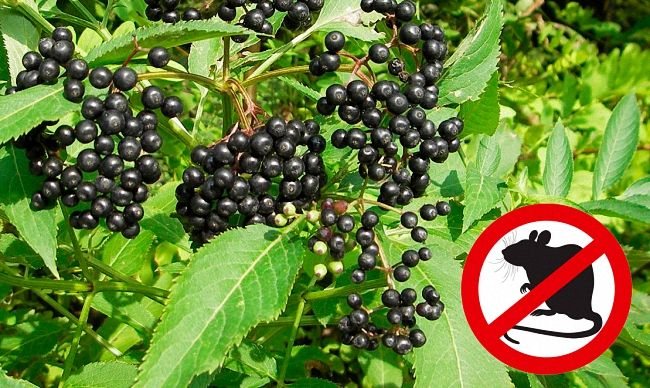

Poisonous substances and chemicals
The fastest and most effective way to get rid of ground rats on the site is to apply poisons and chemicals. Modern rodenticides differ in the nature of the effect on rodents. Some poison pests when they enter the stomach, others (fumigants) act by inhalation. As a result, the animals that ate the poisoned bait die.
This method has some disadvantages:
- Carelessness can lead to poisoning of crops, as well as people and animals.
- Most likely, it will not be possible to find all the carcasses of dead rodents, which will lead to the spread of an unpleasant odor throughout the area.
- The body of rats very quickly gets used to the use of poisons, therefore, with their prolonged use, the effectiveness of the drug is noticeably reduced. In addition, rats can understand what their relatives die from, and they will not eat this bait.
For the effective use of poisons, you must:
- Know exactly the location of their paths, entrances to holes and lay out baits in these places.
- For several days, you need to feed them with the product that will subsequently be poisoned. After the animals lose their caution, they are given a bait with poison.
- After the onset of the effect, both the feeding and the poison are changed.
Care must be taken when using pesticides:
- Before starting work, consider ways to protect pets and children from contact with the poison.
- Perform all work using protective equipment: respirator and rubber gloves. Gloves will not only protect you, but also keep the bait from human odor.
- Do not eat vegetables that have rat bite marks: they could have been left by poisoned animals.
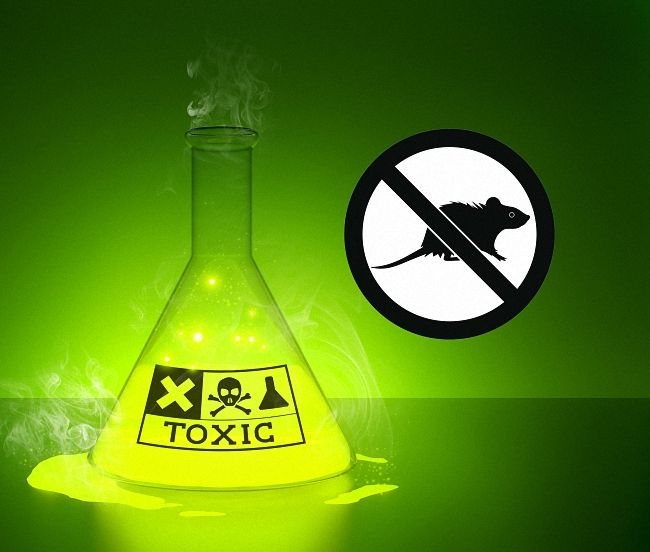

Traditional methods
There are many reasons why gardeners are trying to get rid of rats with folk remedies. In this case, one should remember about the fertility of rats. The delay in their extermination leads to an increase in the population. Home-made and industrial traps of a wide variety of designs and scarers are popular among the people.
Traps
Traps are successfully used to control rats. They are adhesive, electrical and mechanical. There are even traps for several animals. But they all have one drawback - smart rats quickly understand that it is impossible to approach them and bypass them.
Mousetrap
To catch rats, mousetraps are used, the design of which allows you to catch rats alive or kill them on the spot. Simple mechanical traps with a powerful spring can be considered much more dangerous to handle than modern battery-operated electric rat traps.A child or pet can easily fall into it.
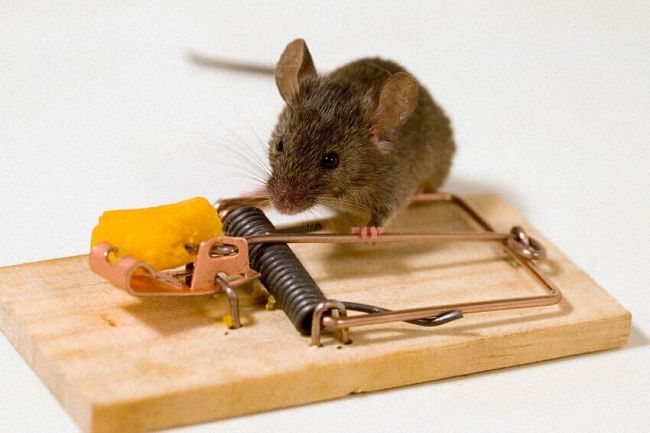

Electrical
Trying to eat the bait from the electric trap, the rat closes an electric circuit on itself. A high voltage current passes through her body, which leads to the almost instant death of the animal. Some models have a built-in indicator that informs about the presence of a caught animal. It is very convenient. The power source for such traps is finger-type batteries. The disadvantages of devices include high cost.
Adhesive
Glue traps for pests are quite effective, but completely inhumane. The trapped animal dies painfully within several days. The principle of operation of the glue trap is quite simple: once stepping on the surface smeared with glue, the rodent is caught. All attempts to free itself lead to even more adhesion. The right location for the sticky rat trap allows you to catch even the most cautious rodents.
Like any other product, glue traps have disadvantages.
- Dust or moisture on the surface of the glue can reduce its effectiveness, so you need to keep the surface of the sticky rat trap clean and replace it if necessary.
- The use of this method cannot be called humane. The trapped rodent dies painfully from thirst for several days.
- There is a possibility that the glue will come into contact with children's skin and pet hair.
- Rats and mice stuck to the trap emit a loud squeak or even squeal for a long time, which causes significant inconvenience to people.
The effectiveness of this method is comparable to the well-proven mechanical mousetraps and rat traps. The glue is non-toxic, does not dry out in the open air. When making these traps, attention should be paid to the dimensions of the substrate to which the adhesive will be applied and where they are located (to protect children and animals).
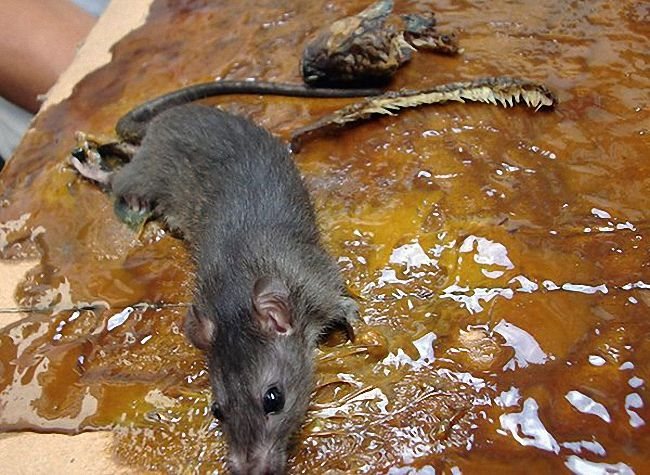

Smoking out
Ground rats do not tolerate the smell of burnt wool. If you have scraps of skins or fur, you need to set them on fire and put smoldering pieces of wool in all the holes you find out of the burrow. In addition, you can use a rag placed in plastic bags with holes soaked in acetone, kerosene, an alcohol solution of naphthalene, gasoline. The sachets are used to keep the smell as long as possible.
Mechanical fixtures
In the fight against pests, mechanical devices will not be superfluous. You need to take an arc trap for karbysh, designed for catching small fur-bearing animals.
The charged device is placed at the horizontal entrance to the animal's dwelling. Since the karbysh is able to drag the trap away, it should be securely fixed to the ground. Some people fight rodents with traps, similar to mousetraps, only larger in size. This trap, like the previous one, should be reinforced. To make the animal fall into the trap faster, you can add water to the hole. In this case, the hamster will jump out and immediately fall into the trap.
Homemade traps are used to catch the animal. To make it, take a box with a lid that fits snugly. Two elastic bands are attached to the lid. They will press her. A spacer or a stick is placed under the lid. The bait is placed inside the box. The rodent runs into the box and eats the bait. At this time, the lid slams shut behind him. Instead of a box, it is more expedient to use a metal cage. Traps and traps are the best hamster remedies. With them, the question of how to remove the carbysh will be resolved within a short time.
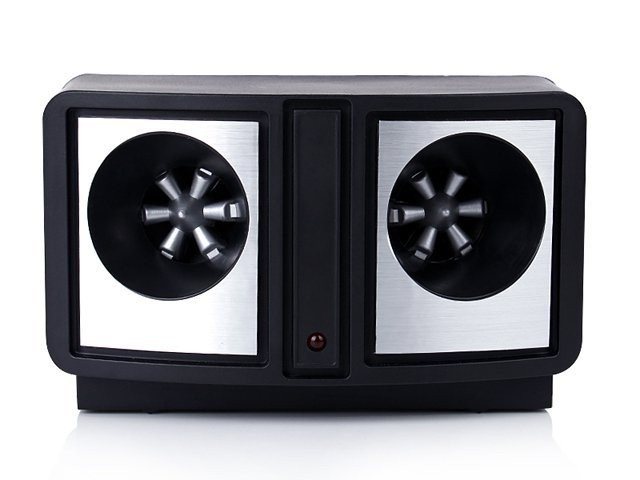

Prevention measures
To protect the grown crop from pests, it is necessary to create unfavorable conditions for the life and reproduction of pests. To this end, a number of preventive measures are taken:
- In autumn, deep plowing of the fields is carried out, as a result of which the rat holes are destroyed.
- Mesh barriers are installed to protect warehouses, granaries, cellars and communications leading to them from the penetration of water rats.
- Maintain cleanliness in the territory of these facilities, to prevent littering of areas with garbage and food waste.
- Plots are cultivated, freeing them from blockages of dead wood, weeds and fallen leaves.
- Deratization is systematically carried out using pesticides and mechanical traps for rats.
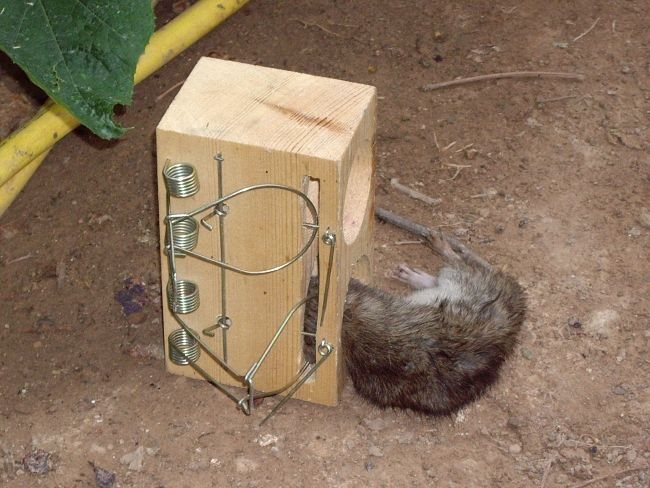

These measures prevent the spread of pests to new territories.
It is possible to protect the site from the invasion of ground rats with the help of preventive measures, which consist in eliminating favorable conditions for the life of these pests. But if this did not help, and the rodents nevertheless appeared, measures should be taken immediately to expel or exterminate them. Each owner chooses his own measures to combat earthen rats in the garden, humane or not. And we wish you calm and fruitful summer cottages!
Breeding cycle
The mating period of the water rat begins, depending on the weather conditions, in February or March and lasts throughout the summer until the beginning of winter. After a 21-day gestation, females give birth to 5-7 cubs. For a year, the female manages to endure 2-4 litters.
Breeding features of water rats:
- puberty occurs at 2 months;
- reproduction is a very fast process;
- the mating season corresponds to the warm season;
- the peak of reproduction is in July;
- breeding in the cold season is almost absent. In exceptional cases, under favorable conditions and the availability of food, this is possible.


Features of the offspring:
- babies are born blind and hairless;
- grow very quickly;
- the female takes care of the offspring;
- the first weeks of life, the cubs are only in the burrow;
- at first they feed only on mother's milk;
- gradually the cubs begin to eat plant foods that the mother brings;
- in 1.5 - 2 months after birth, the young female is ready for breeding.

